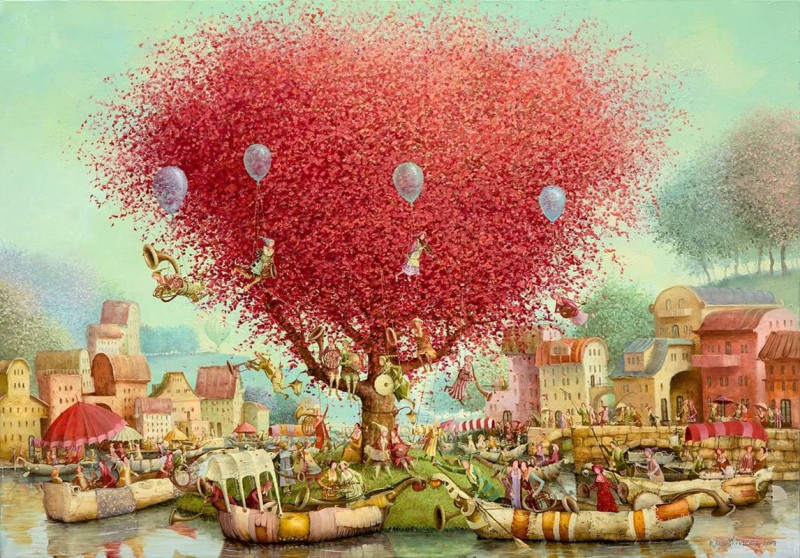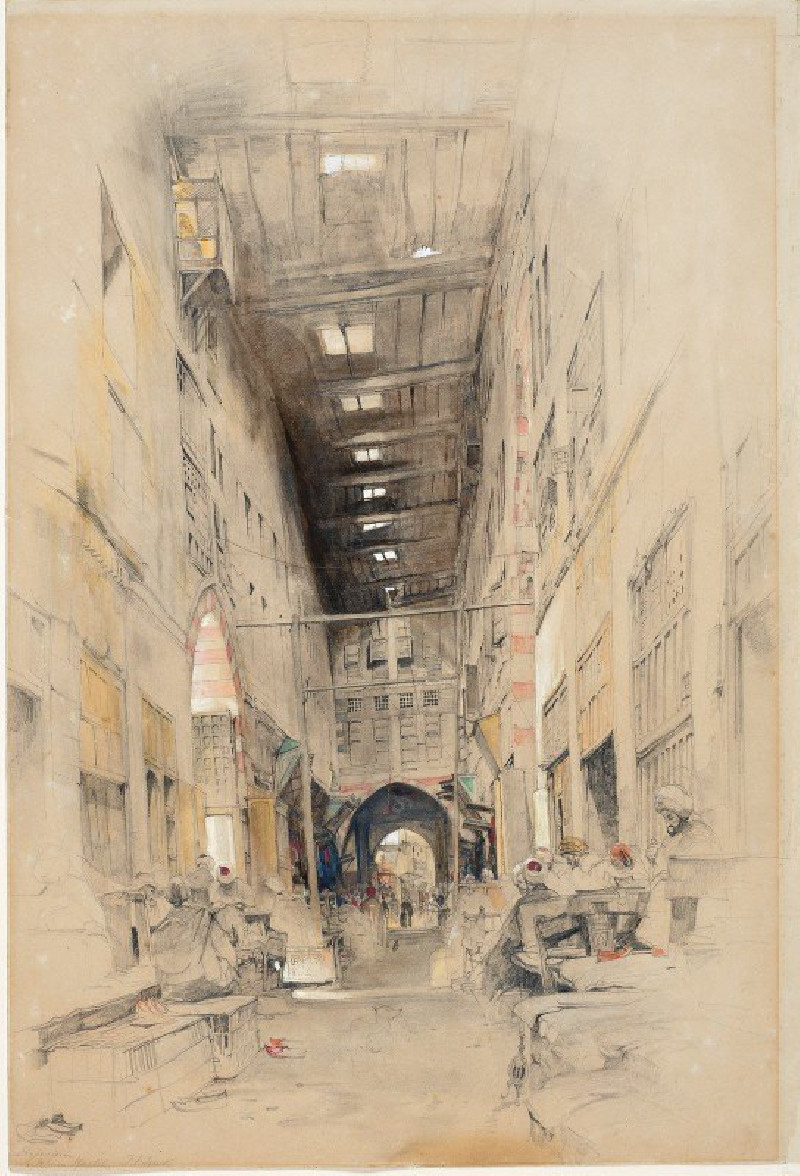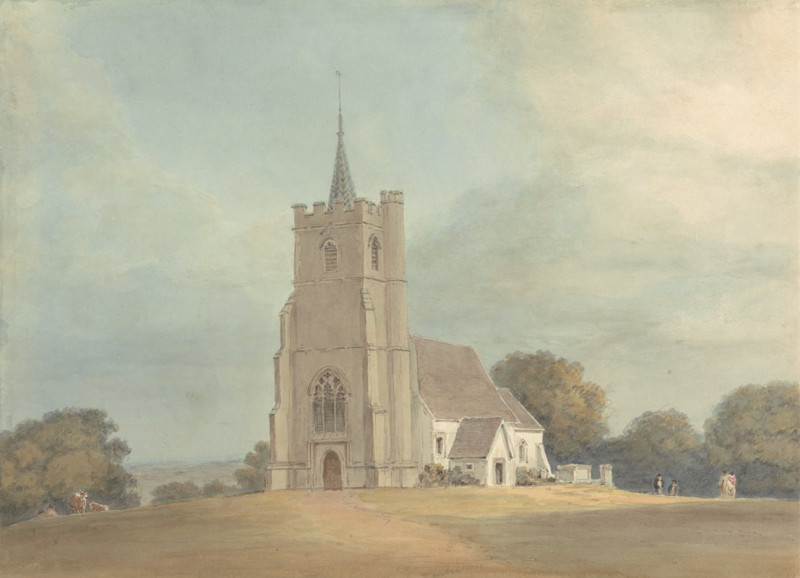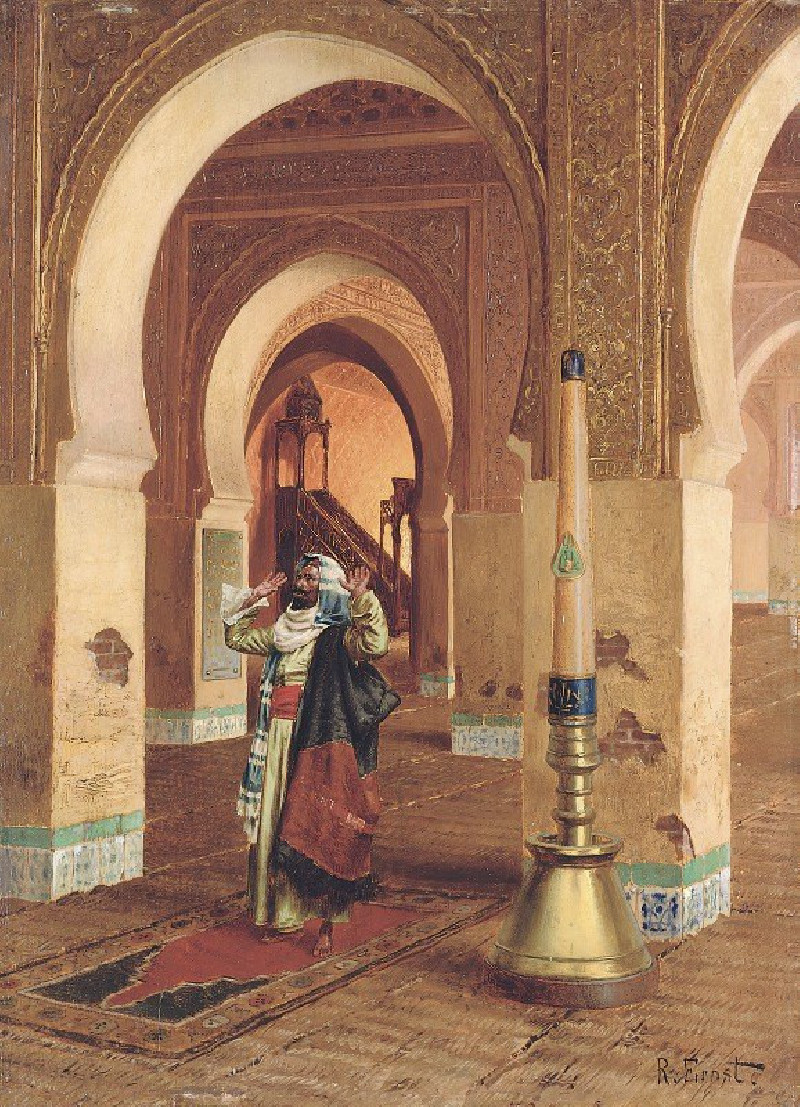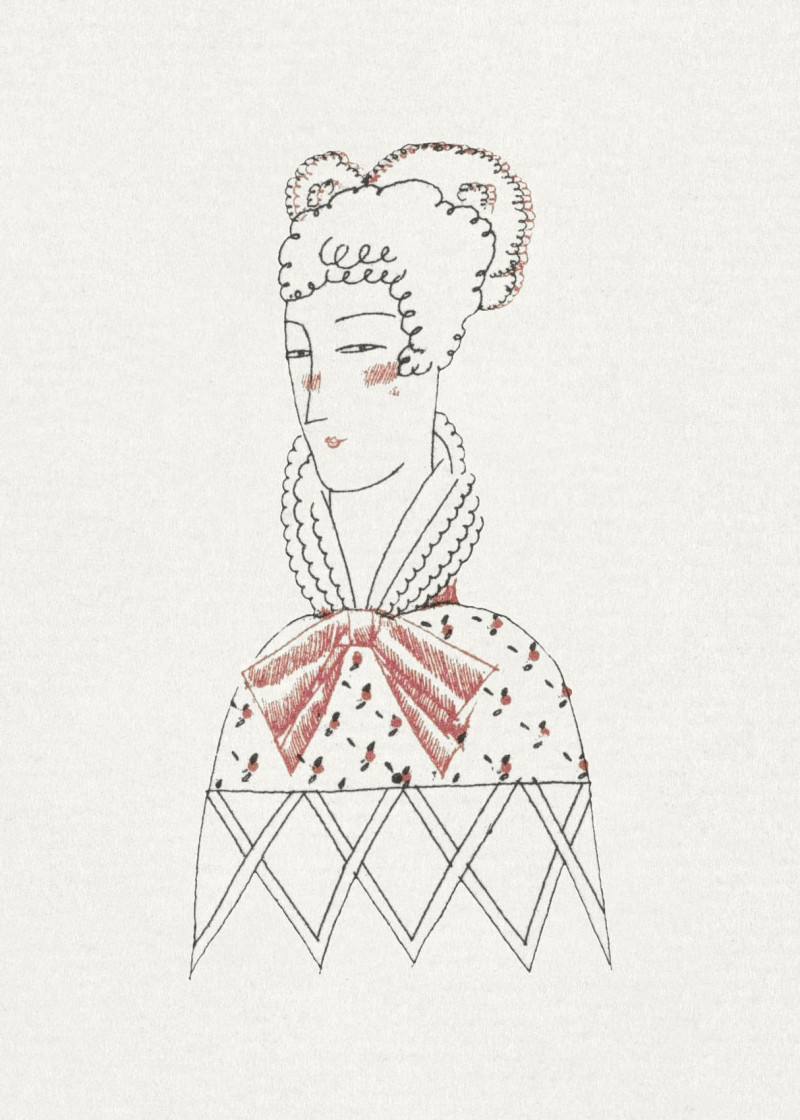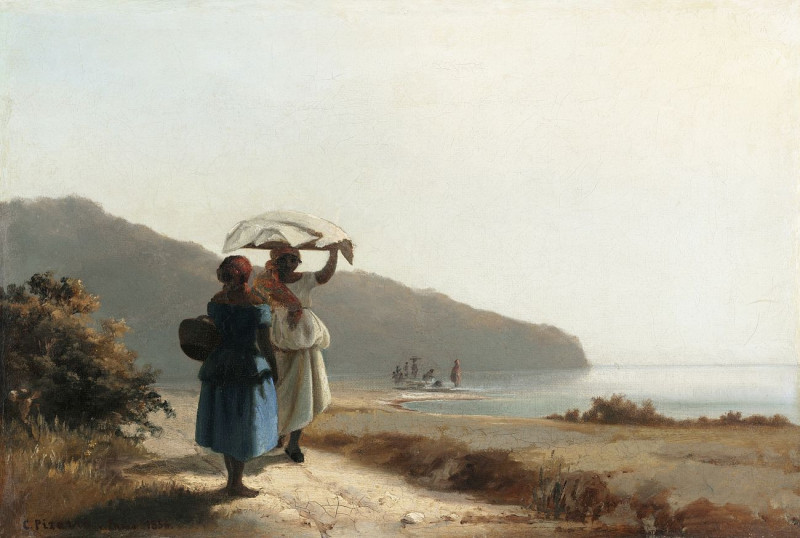Le rêve (1890)
Technique: Giclée quality print
Recommended by our customers
More about this artwork
"Le rêve" by Alphonse Mucha, created in 1890, is an exquisite example of his artistic style, which helped define the Art Nouveau movement. The painting features a single female figure depicted with delicate and gracious lines, which is characteristic of Mucha’s focus on female beauty and decorative style.The woman in the artwork is dressed in an elaborate ballet costume with a tutu, embellished with patterns and lace details. The color scheme revolves around soft blues and hints of white, which contrast subtly against her skin tone and the gentle, nondescript background that features floral motifs and linear designs. These motifs likely symbolize the ethereal and dream-like quality suggested by the title "Le rêve" (The Dream).Her pose is poised and elegant, with one hand gently touching her chest and the other holding a feathered accessory, possibly a fan. Her gaze is directed upwards and to the side, enhancing the overall impression of introspection or daydreaming. This, coupled with the title, might indicate that the scene depicted is one emerging from a dream, full of grace and subtlety.Mucha's attention to detail in the costume and the decorative elements around her are typically Art Nouveau, focusing on natural forms and details. The overall effect is one of elegance and an almost otherworldly grace, inviting the viewer to contemplate the dreamy atmosphere captured in the painting.
Delivery
Returns
Alphonse Maria Mucha also know internationally as Alphonse Mucha (1860-1939), was a Czech graphic artist, painter and illustrator. He lived in Paris during the Art Nouveau period, and is best know for his noticeably stylized and decorative theatrical posters like those of Sarah Bernhardt, the most famous actress in paris at the time. Mucha produced paintings, advertisements, book illustrations as well as designs for carpets, jewelry and theatre sets, in what was called the Mucha style. His works featured beautiful young women in neoclassical robes surrounded by flowers which formed as haloes.

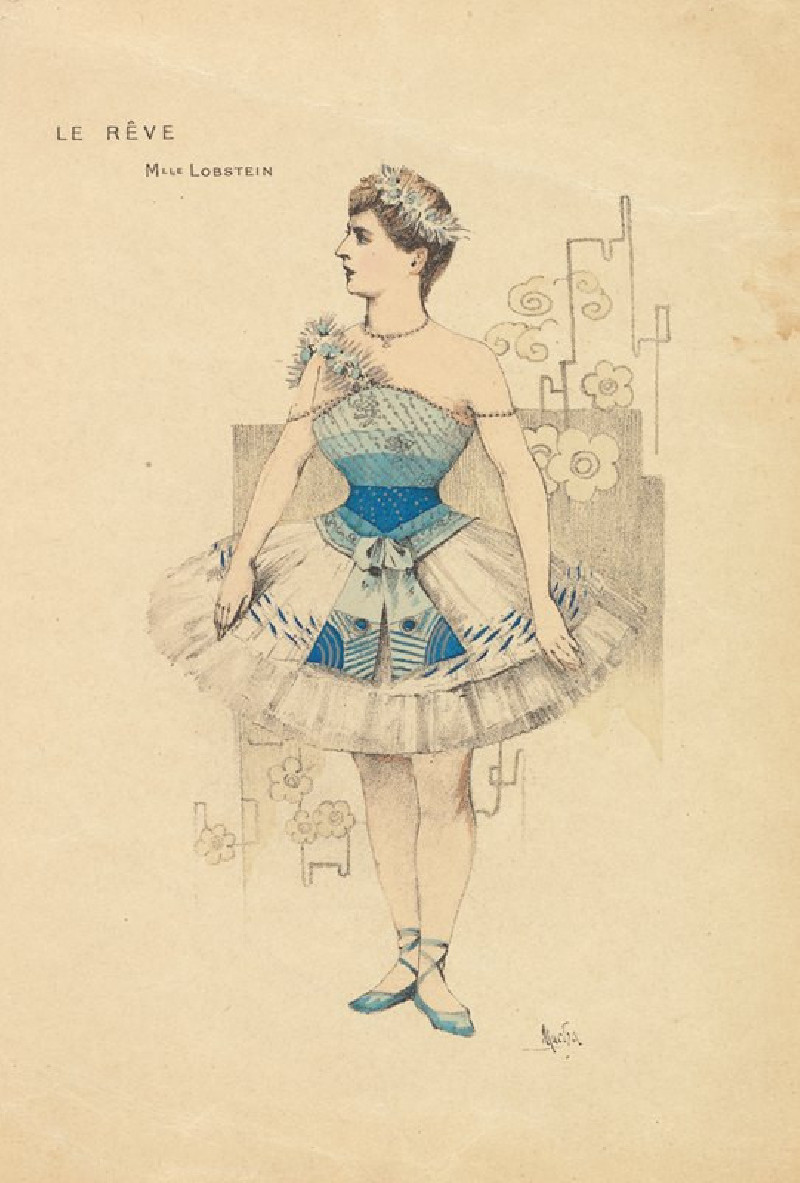
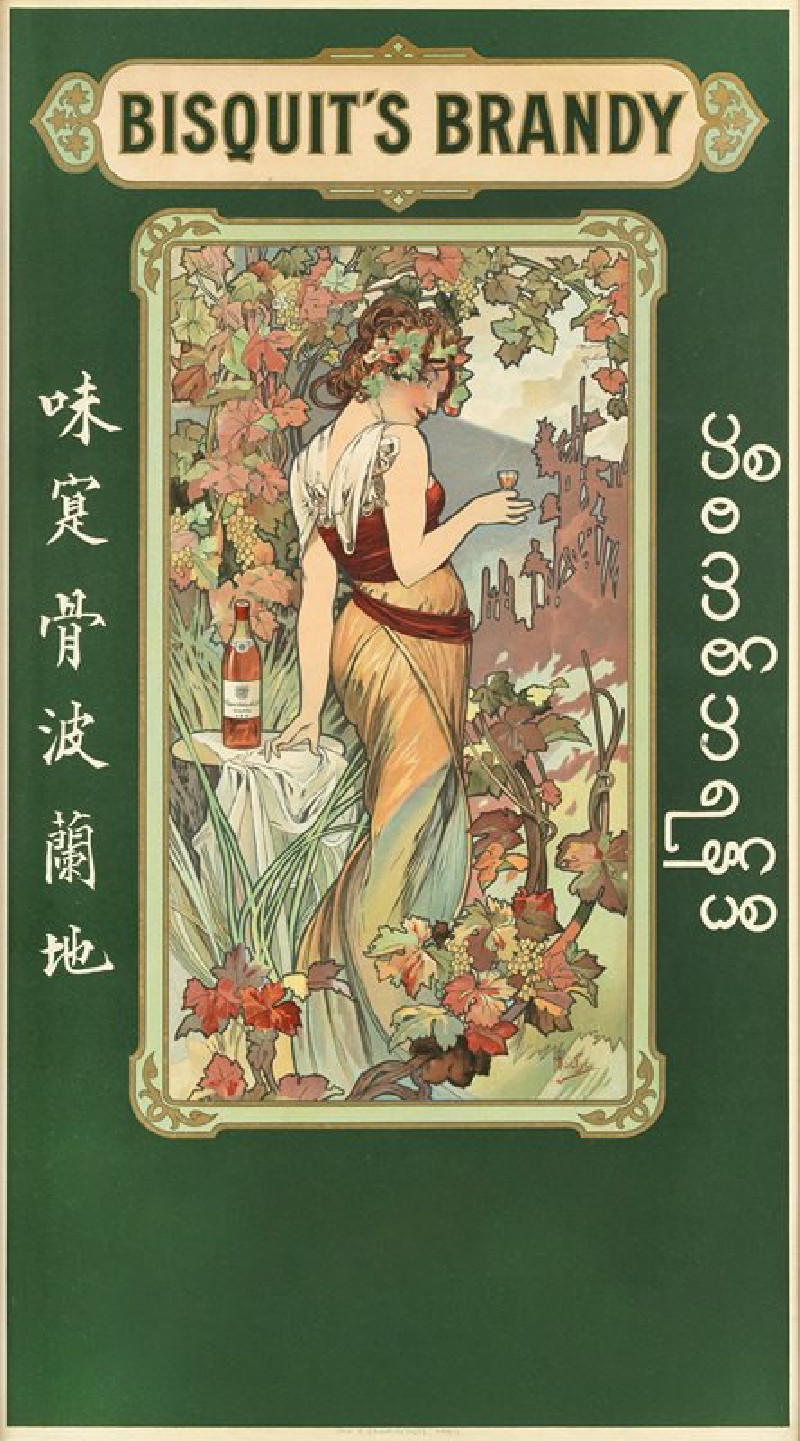

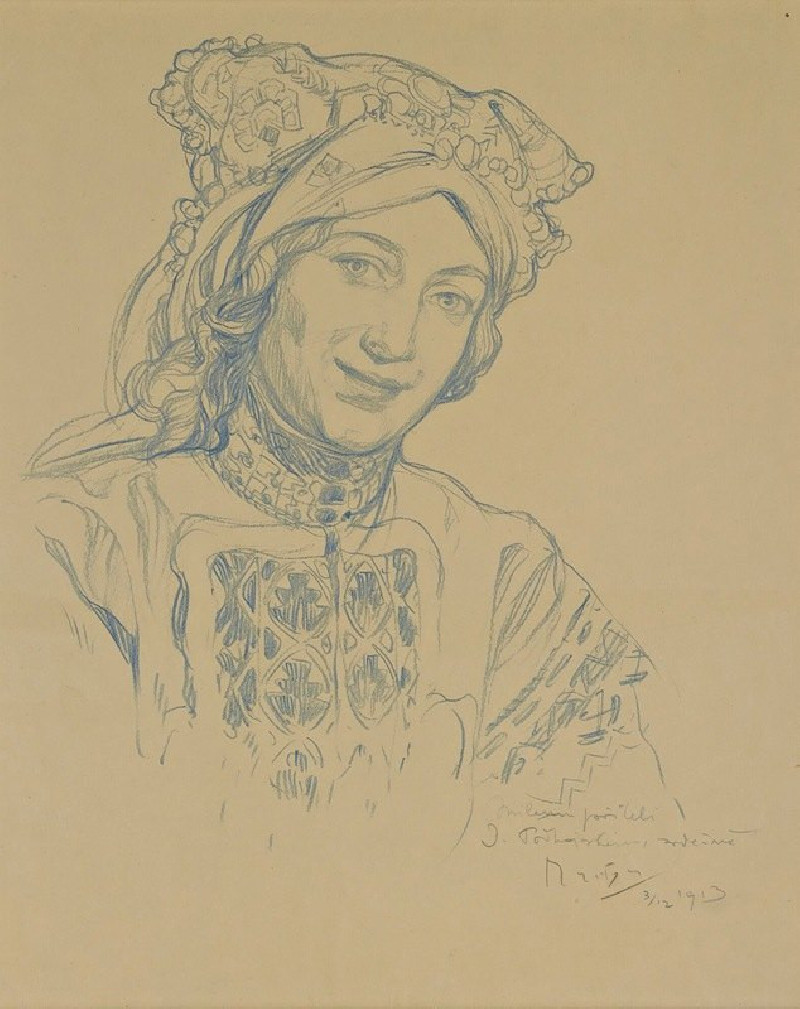
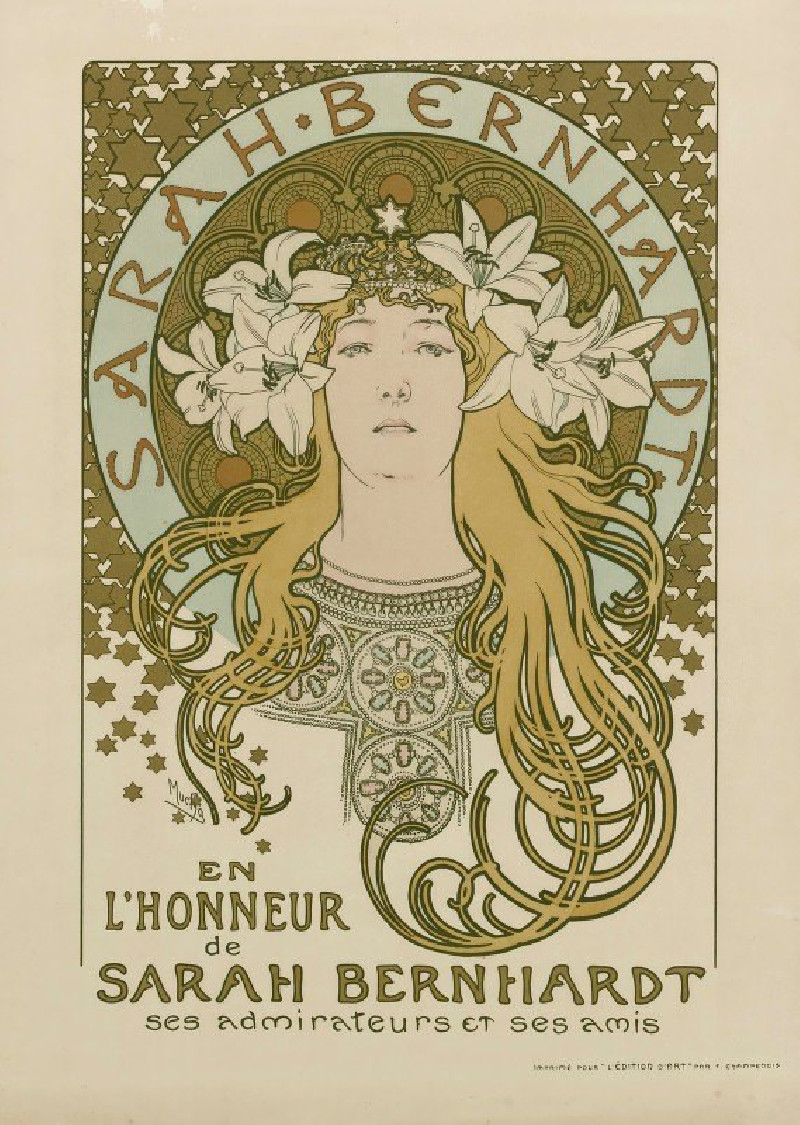
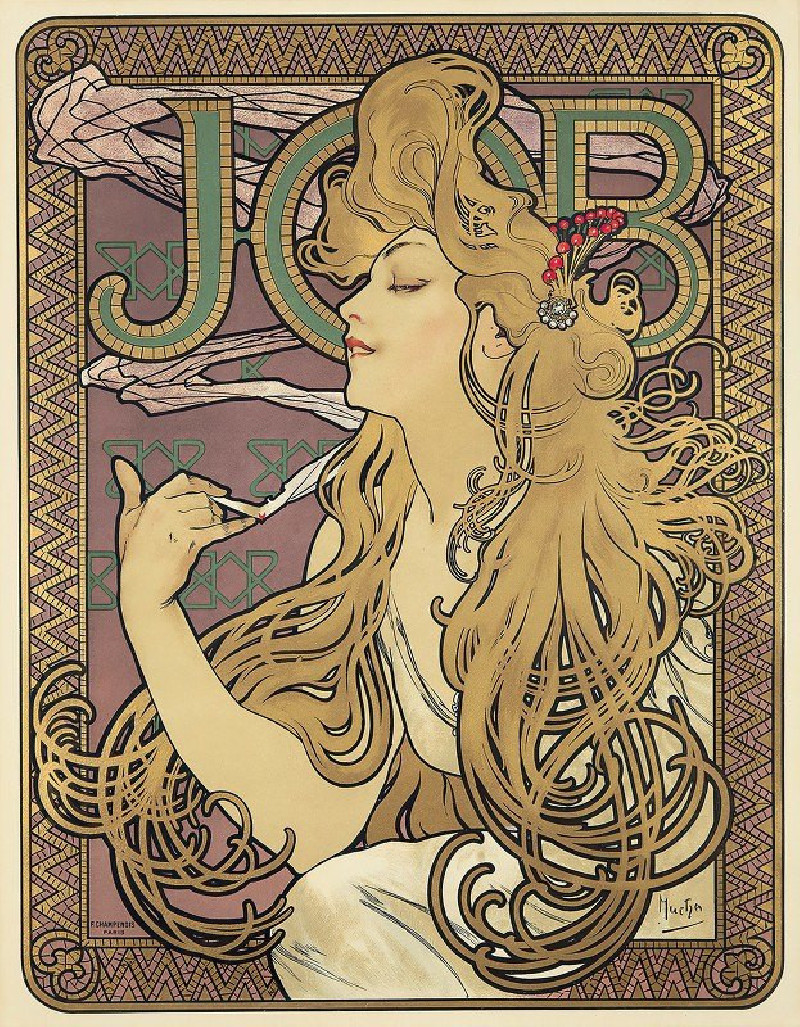



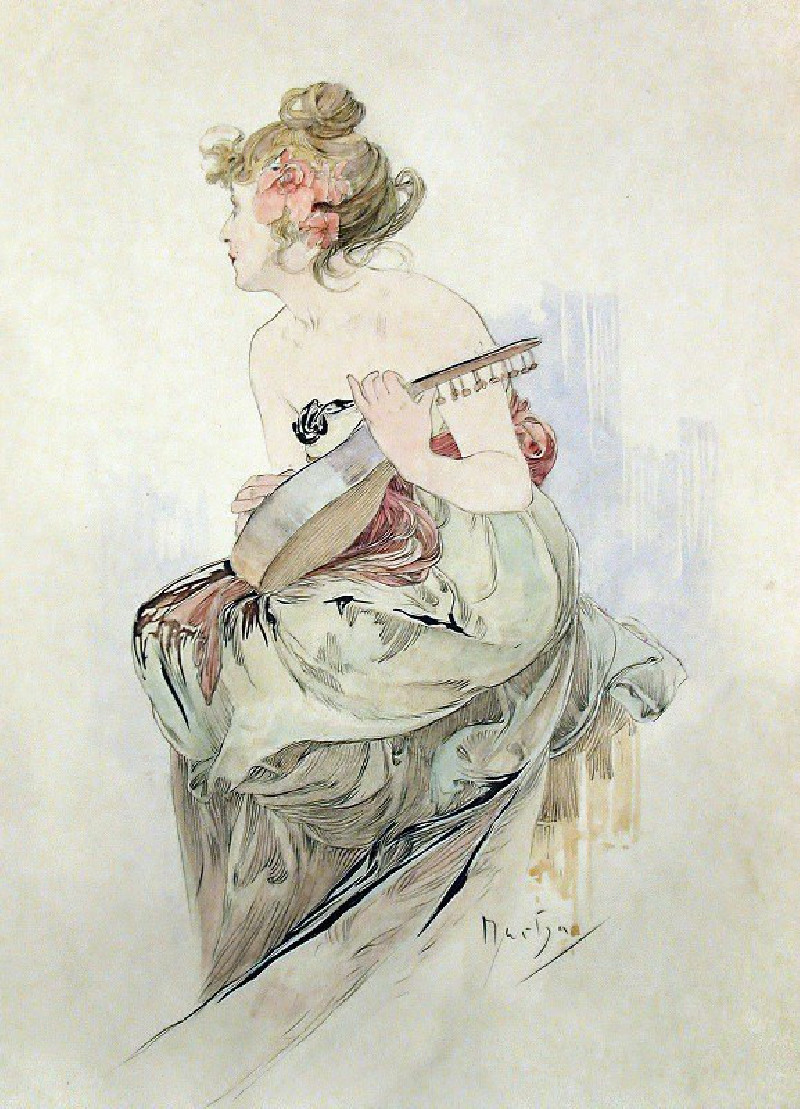


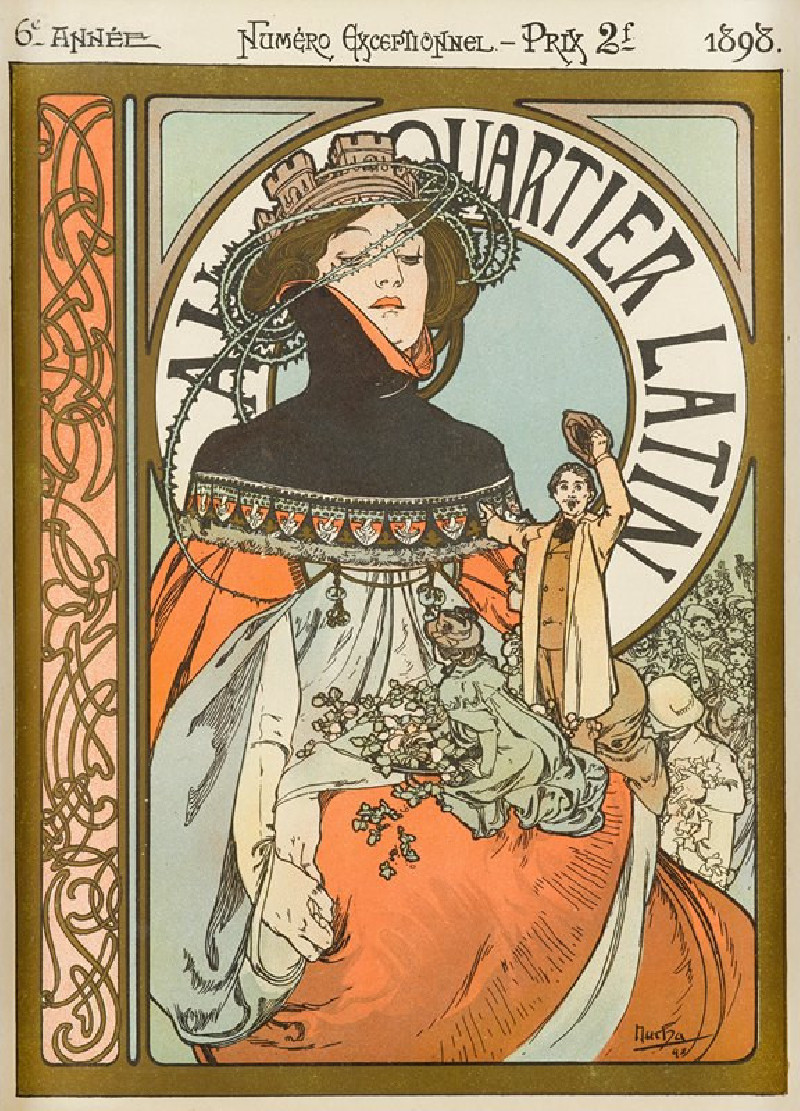
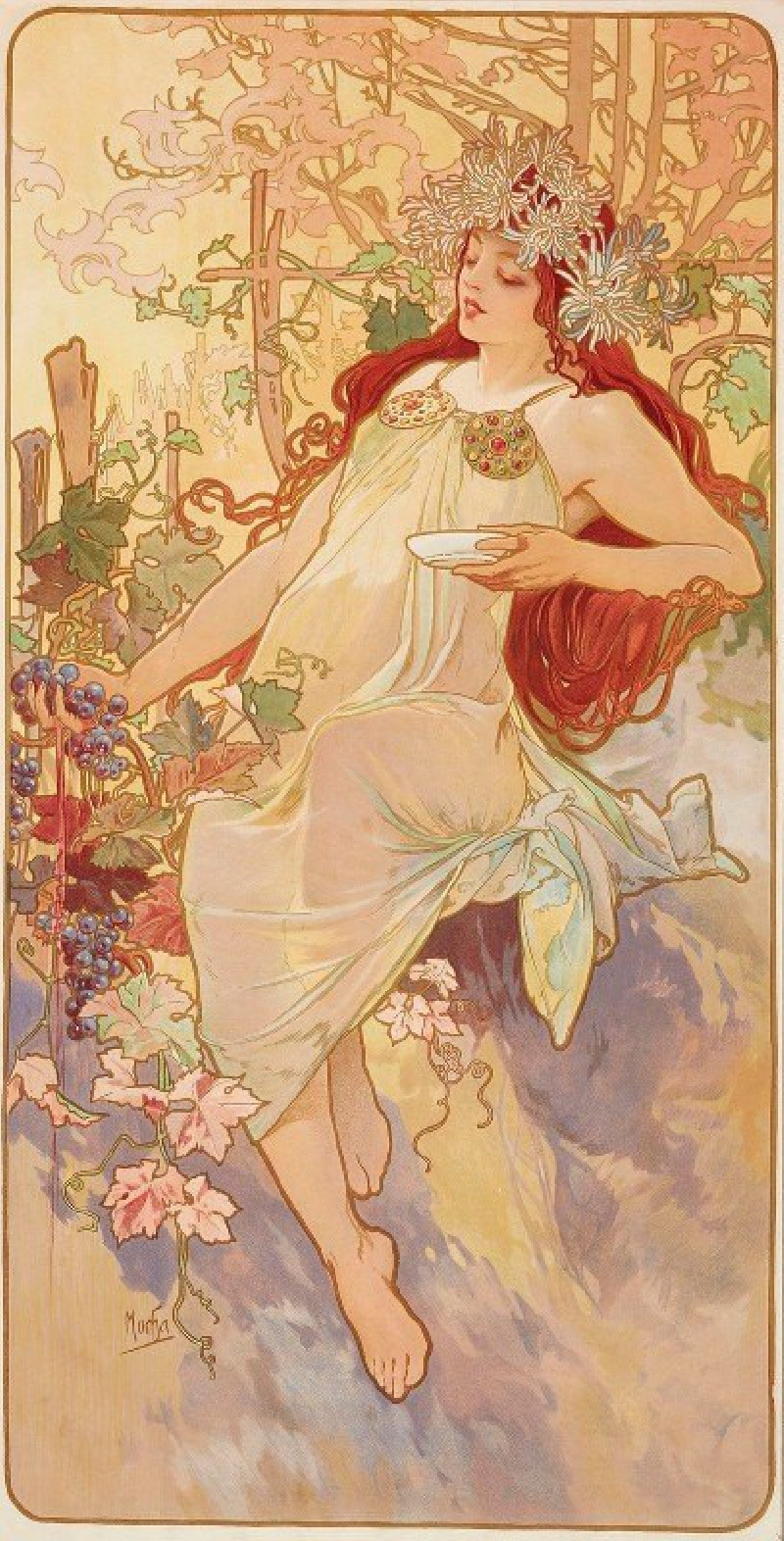
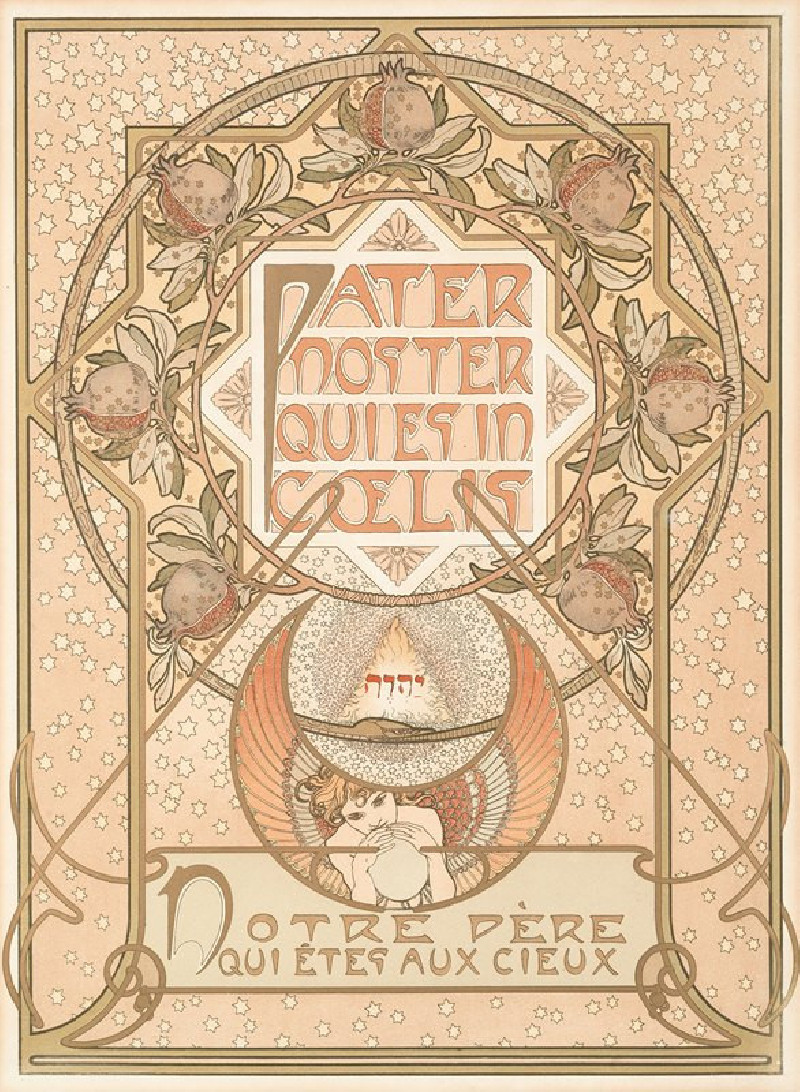
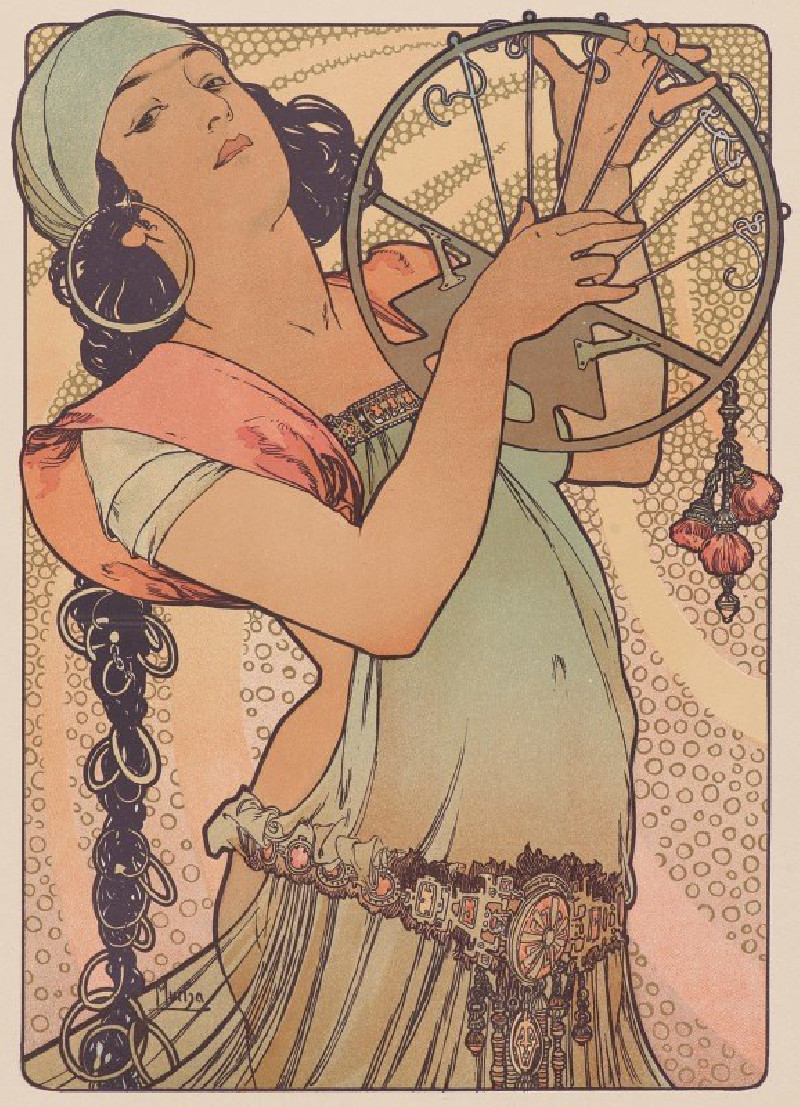

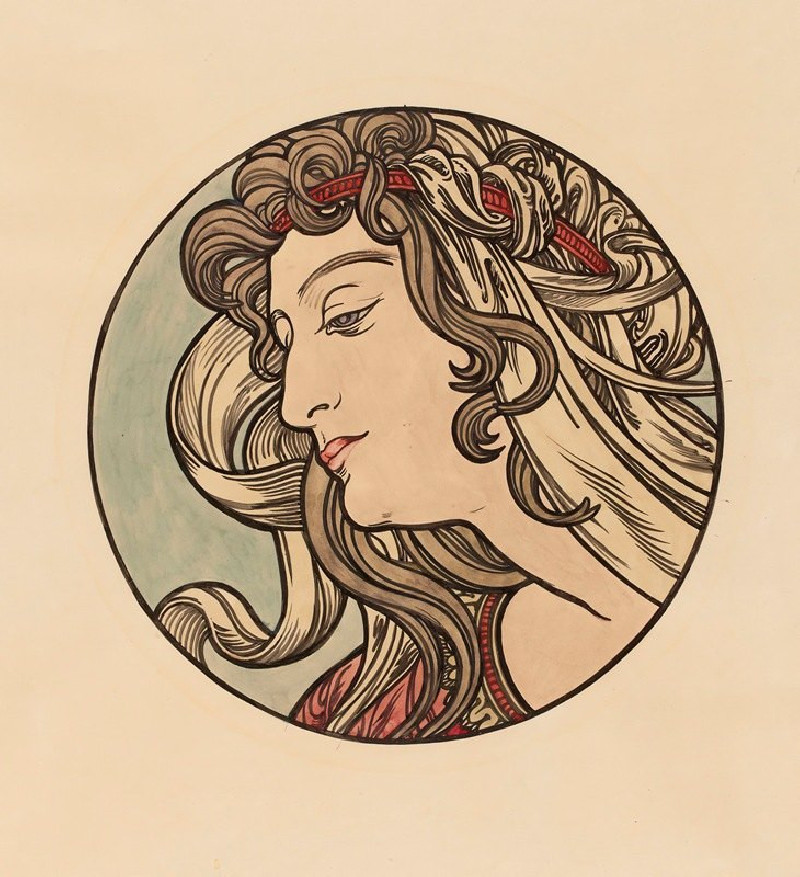

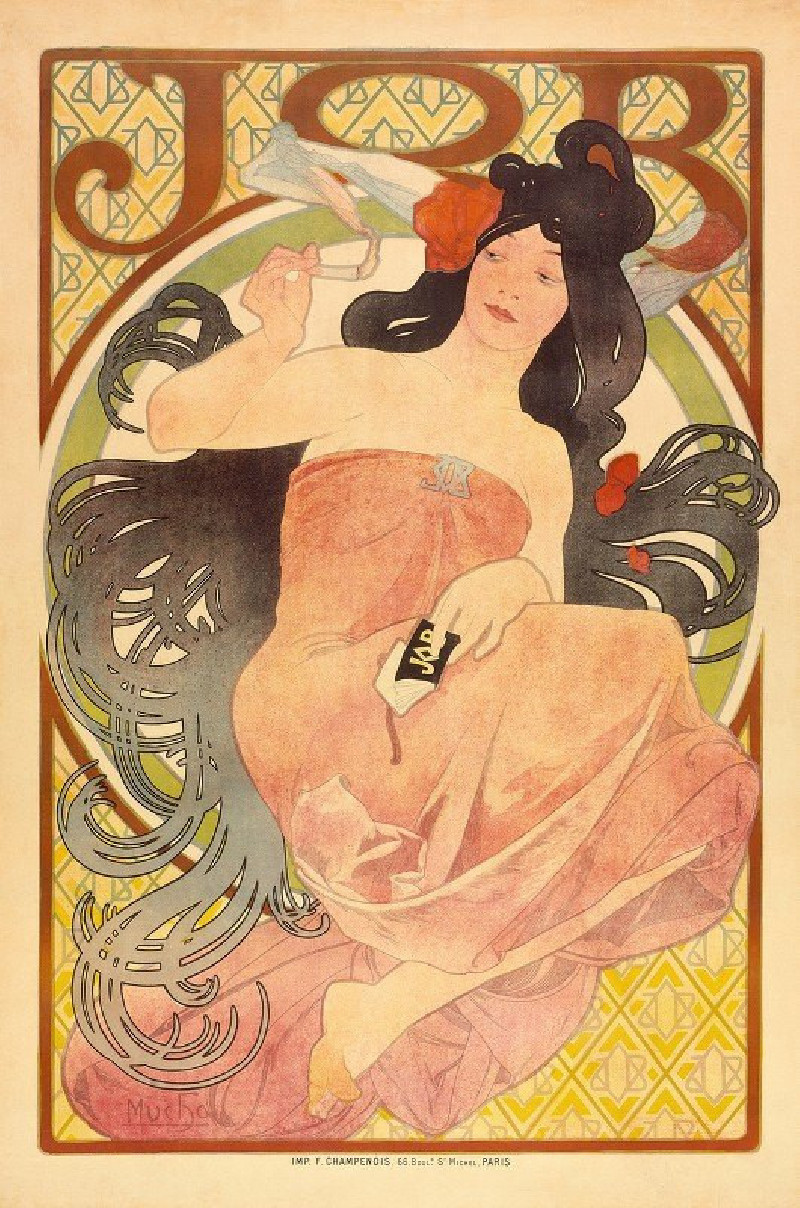

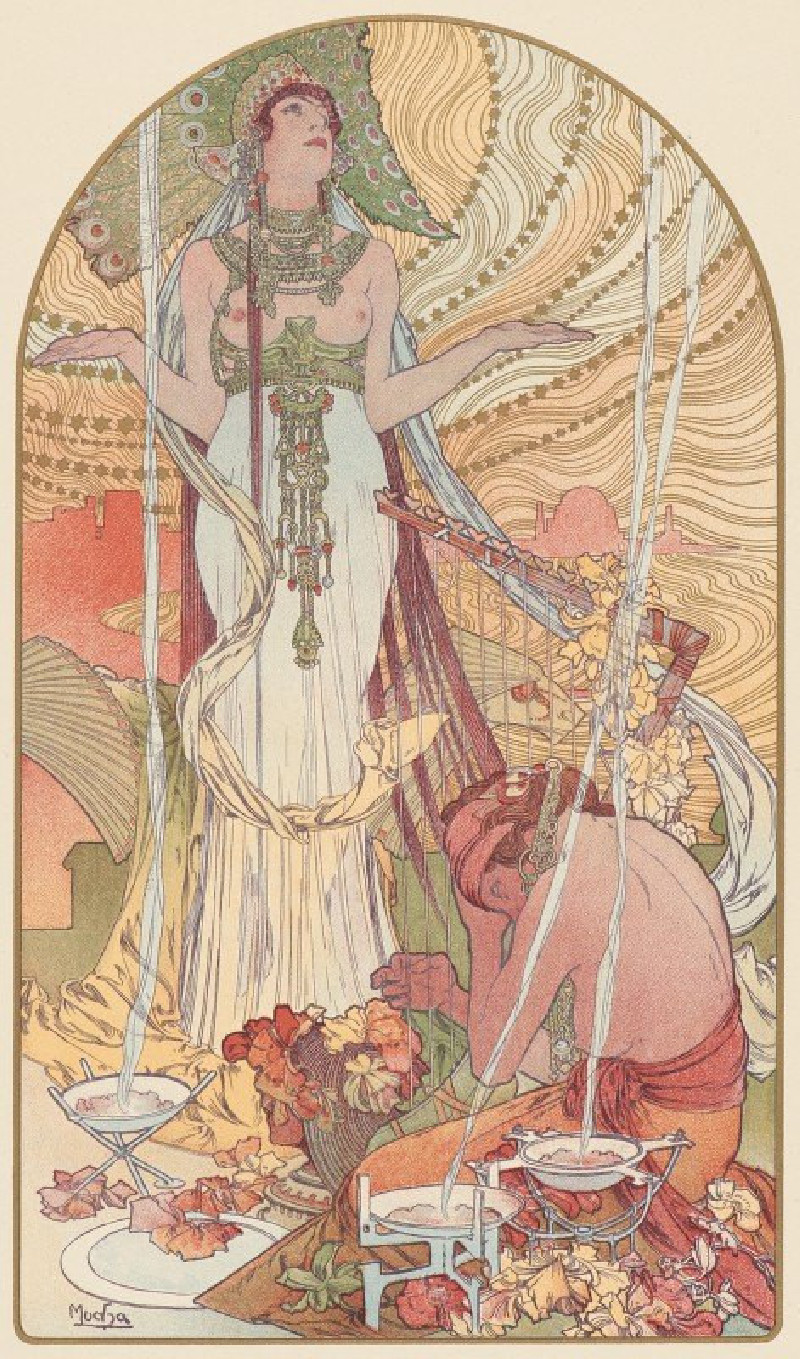
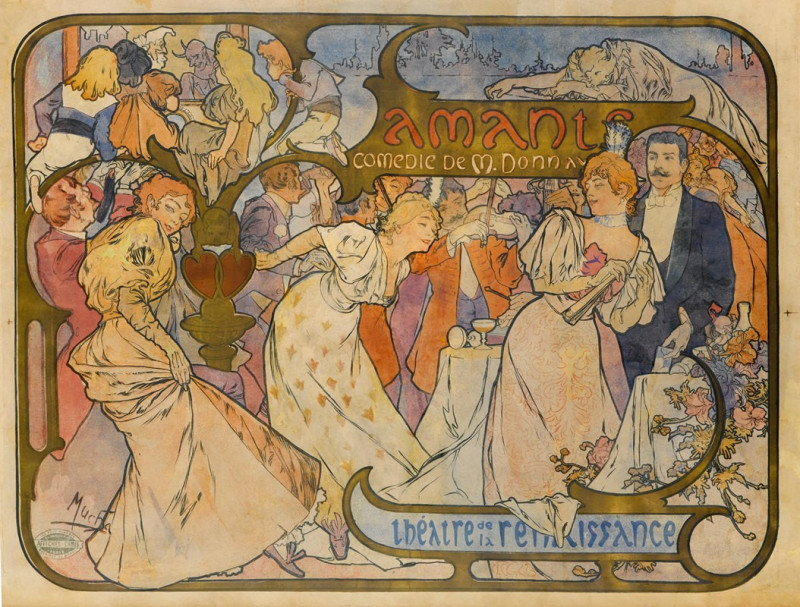


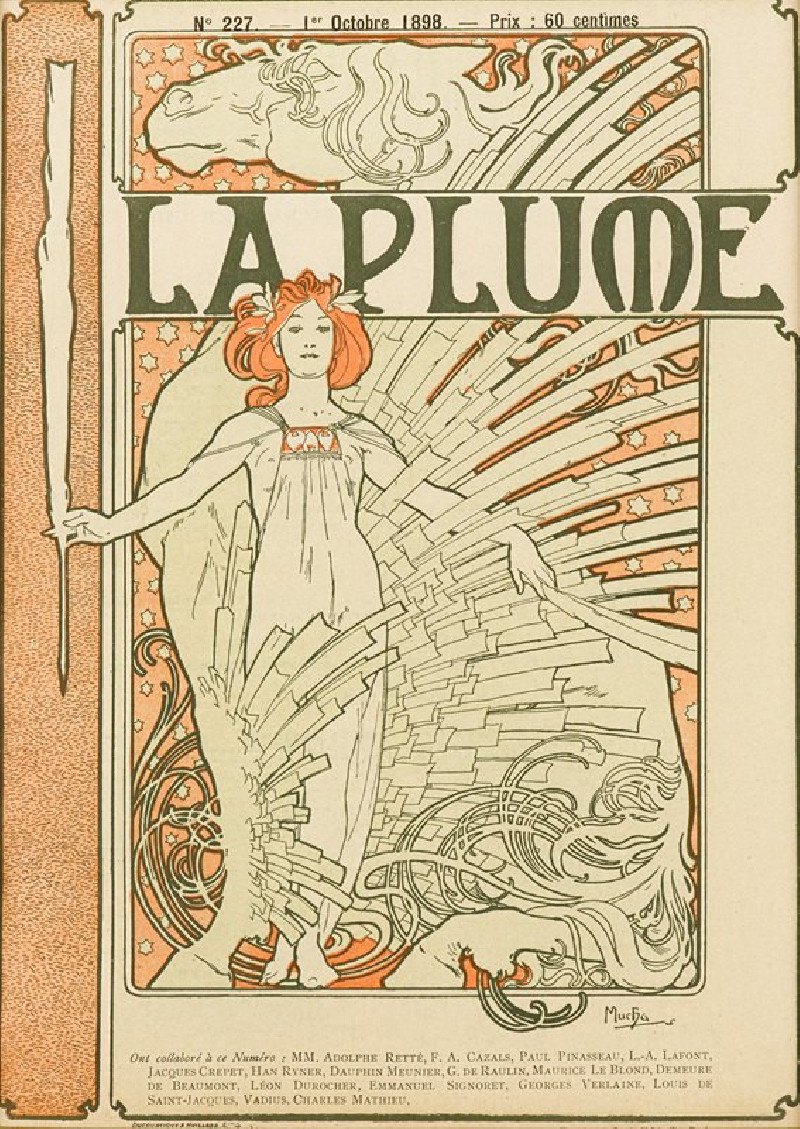

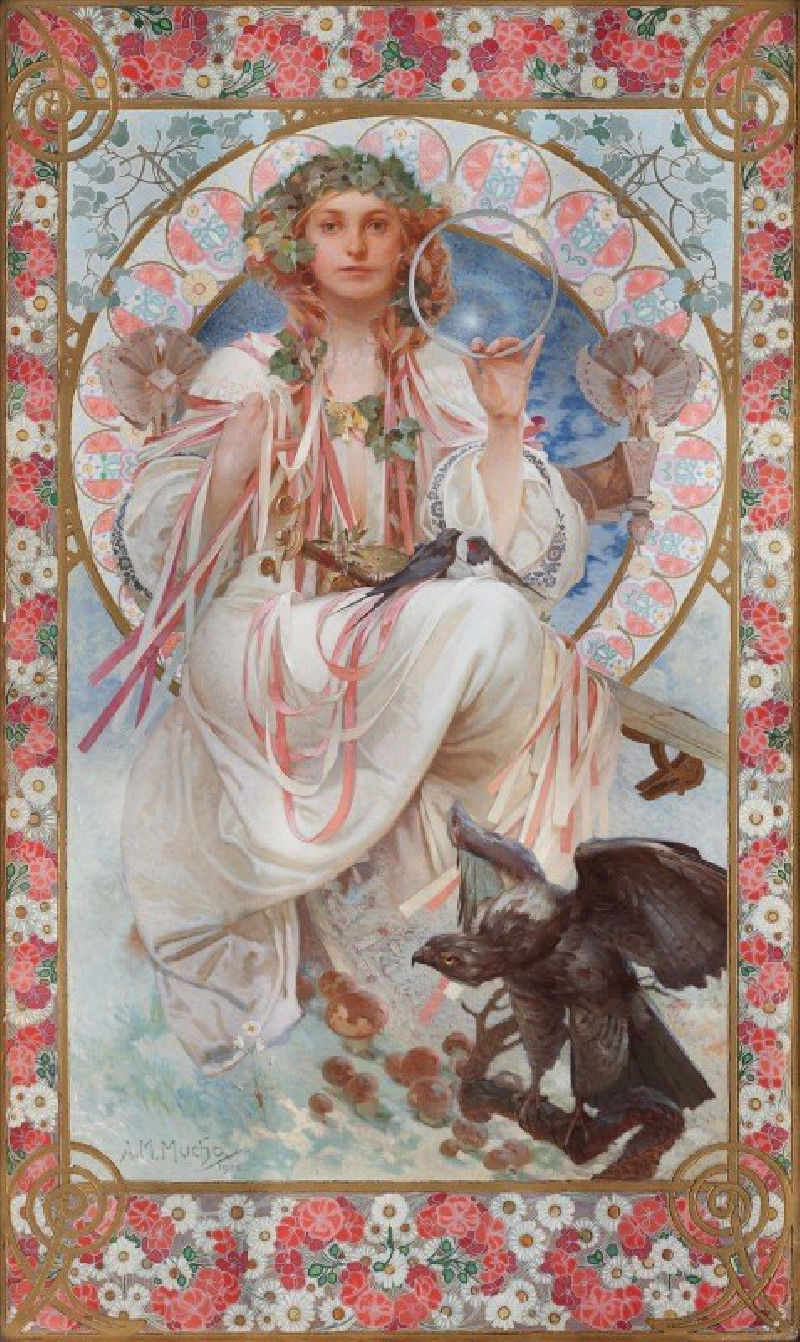
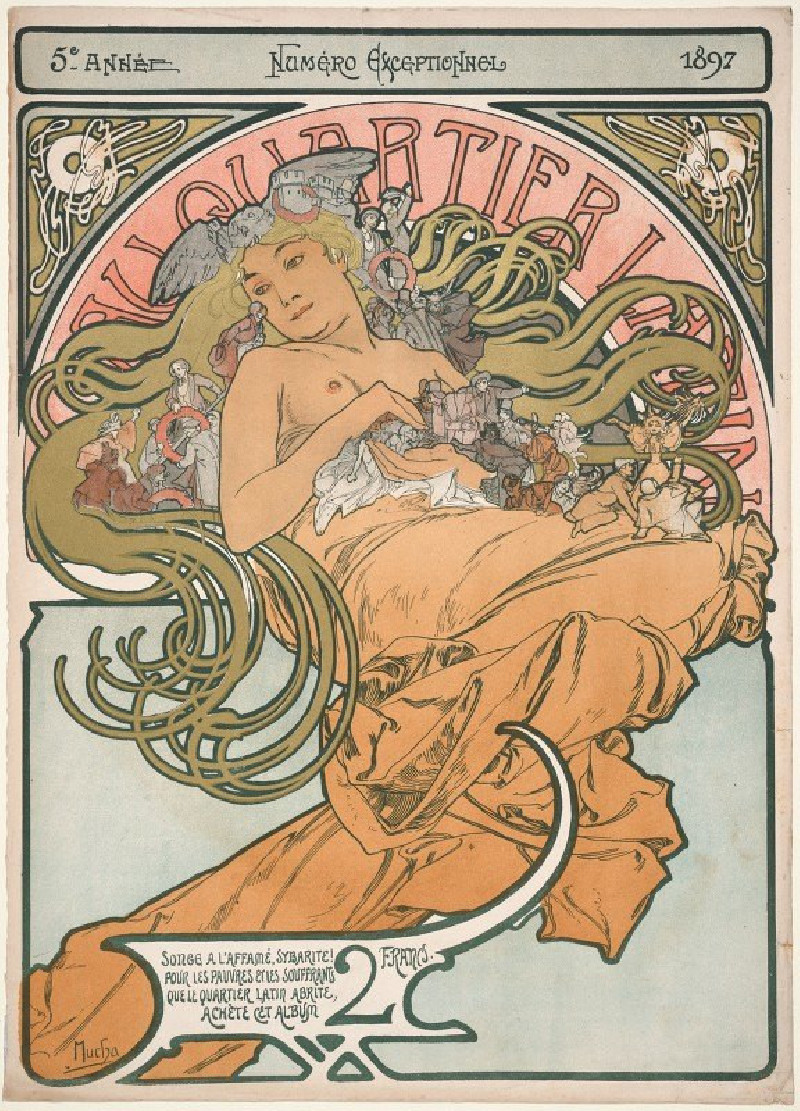
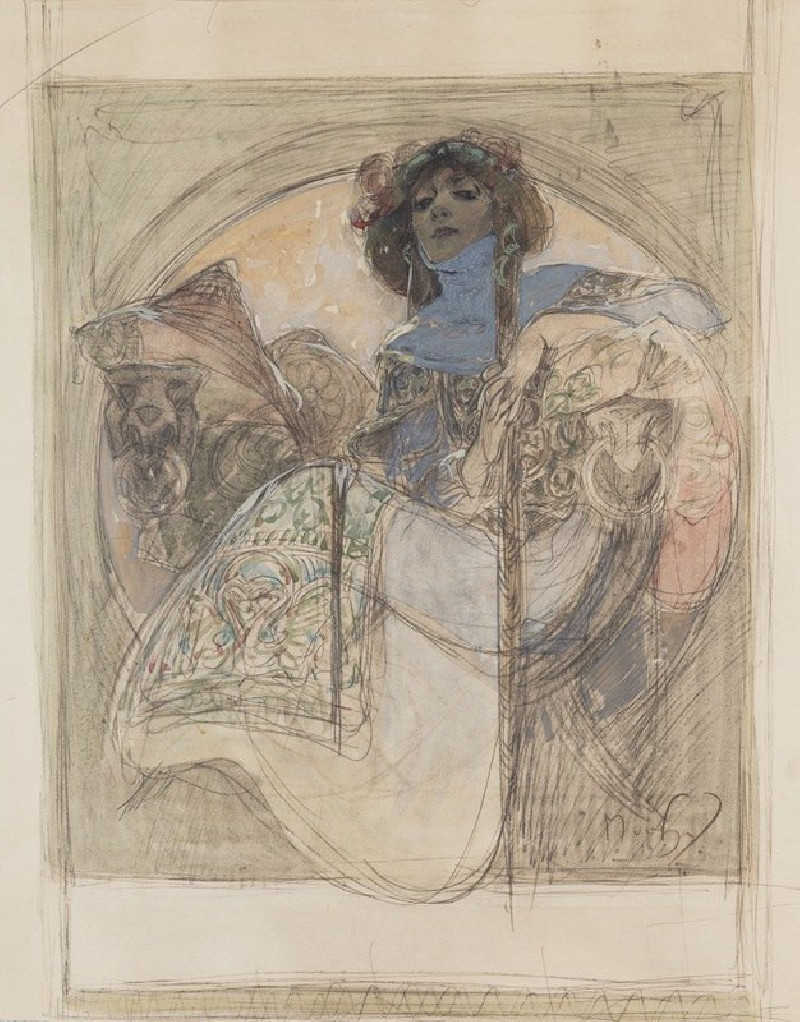
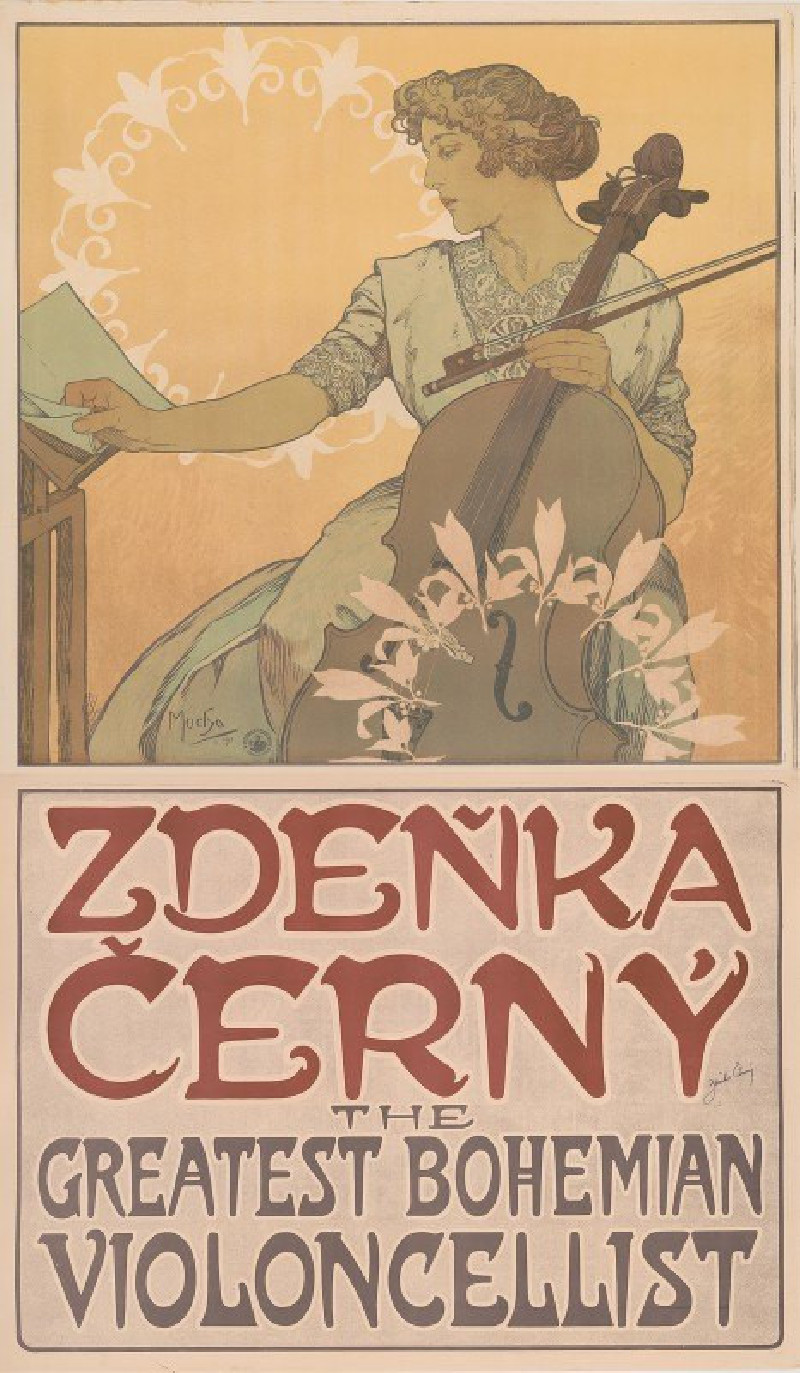



![Temple of Wady Saboua [Wadi al-Sabua], Nubia. (1846-1849) reproduction of painting by David Roberts. ALL GICLEE PRINTS](https://reprodukcijos.lt/39213-large_default/reproduction-of-temple-of-wady-saboua-wadi-al-sabua-nubia-1846-1849.jpg)

